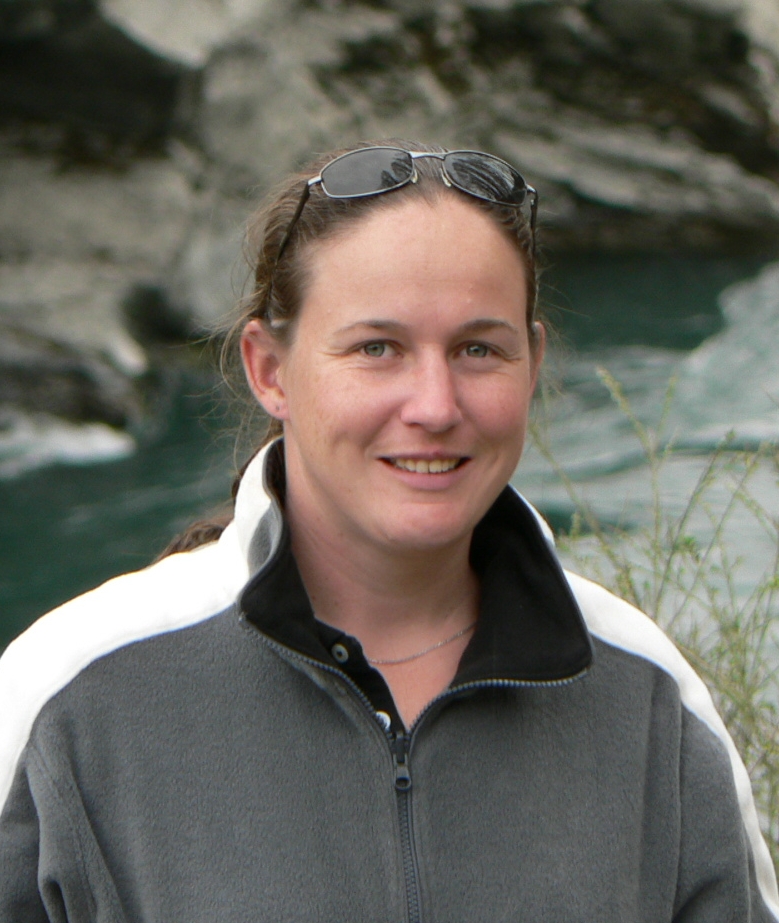Characterisation and non-invasive molecular diagnosis of cardiovascular flukes from marine turtles in Queensland, Australia
Date:
Spirorchiid flukes inhabit the cardiovascular systems of endangered marine turtles and contribute to strandings and mortalities worldwide1,2. Few studies have explored spirorchiid species assemblages, host-parasite relationships and species-specific pathogenicity. Spirorchiid eggs, rather than adults, are potentially the cause of the most significant pathology1,2. Morphological identification of eggs beyond genus level is generally not possible due to inherent similarities, therefore it is difficult to attribute pathogenic effects of eggs to a particular species. This study aims to expand the currently very limited genetic database for spirorchiids to provide a means for identifying spirorchiid eggs to species level. This in turn will allow the proper investigation of relative pathogenicity of individual species, leading to the development of targeted diagnostics for surveillance and control purposes, as well as improving understanding of spirorchiid diversity and host-parasite relationships in Queensland. Stranded or recently deceased turtles were obtained from government or rehabilitation organisations and adult flukes and eggs collected during necropsies. Adult flukes were stained and mounted for morphological identification after initial examination and categorisation. Portions of adult worms were removed to provide genetic material prior to staining, or additional corresponding whole adults were used. The 28S (partial) and ITS2 nuclear ribosomal genes were amplified by PCR using custom primers and sequenced. These sequences were used to develop a separate protocol to identify species present in egg samples, as multiple genera and species are commonly present. A multiplex PCR using genus specific primers was designed, with the use of restriction fragment length polymorphism (RFLP) following PCR to differentiate between species. These genetic tools will allow investigation of the relative pathogenicity of individual spirorchiid species, and the development of a diagnostic test for the surveillance of these pathogenic spirorchiids in marine turtles in Queensland.
